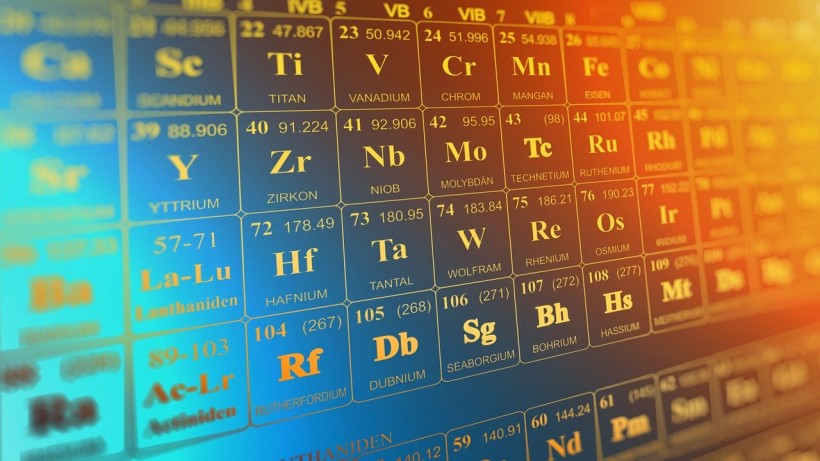A few months ago, people on Tiktok were freaking out after the hashtag #metalinbabyfood went viral because users found heavy metals in the baby food. Countless experts have already explained that the black substance following the magnet is iron, an essential mineral for the body, and people should not worry about it.
Understandably, heavy metals have a reputation for being dangerous. But experts said that these metals are essential to life, and some can be eaten without causing any harm. So, why are some of them are edible and some are not?

Edible Heavy Metals: Experts Discuss Which Elements Are Good or Bad for the Body
What are Heavy Metals?
According to Martin Koller and Hosam M. Saleh's paper in IntechOpen, heavy metals are natural elements characterized by their high atomic mass and high density. They can be found through the Earth's crust at low concentrations and in food.
Heavy metals, such as copper, selenium, and zinc are essential elements that have vital functions for different biological processes that drive human metabolism. Other heavy metals, such as iron, zinc, tin, lead, copper, and tungsten have outstanding technological significance and serve as catalysts for special chemical transformations.
On the other hand, mercury, cadmium, arsenic, chromium, thallium, lead, and others represent the dark side of chemistry due to their high toxicity level even at low concentrations. They are the reason heavy metals gained their dubious popularity because they can be made into technology for major crimes.
ALSO READ: Heavy Metal Toxins Genetically Alter Dairy Cows To Become More Antimicrobial-Resistant
Why Some Heavy Metals are Edible?
Despite the reputation of heavy metals being dangerous, some are essential nutrients that humans cannot live without. They are sometimes mixed with food for added nutrients. In this week's episode of Reactions, a video series produced by the American Chemical Society (ACS) and PBS Digital Studios, Samantha "Sam" Jones, Ph.D., explained why some heavy metals could be eaten while some could kill.
Her first example was the 24K gold, which is pure gold and does not react to air or acid in the stomach. Since pure gold is inert, it becomes edible. But it will just pass through the body because it cannot be digested. Karats is the proportion of gold out of 24 parts total. So, an 18k gold cannot be eaten because it is made up of other elements and react to oxygen and acid in the stomach.
The second edible iron she featured is iron, an essential heavy metal needed for breathing. In the 1940s, companies have started adding iron to food until this day. However, experts said that not all fortified iron in food could be absorbed by the body. It is a problem that they are trying to solve.
The bottom line is that some heavy metals are edible, some are dangerous, and some are in between, like gold, which can be eaten in certain conditions. Here's an embedded video of the full discussion of Dr. Jones on why some heavy metals can be eaten and some are not.
RELATED ARTICLE: Origins of Heavy Metals: Researchers Use Computer Simulations to Determine Where Gold Comes From
Check out more news and information on Heavy Metals in Science Times.














